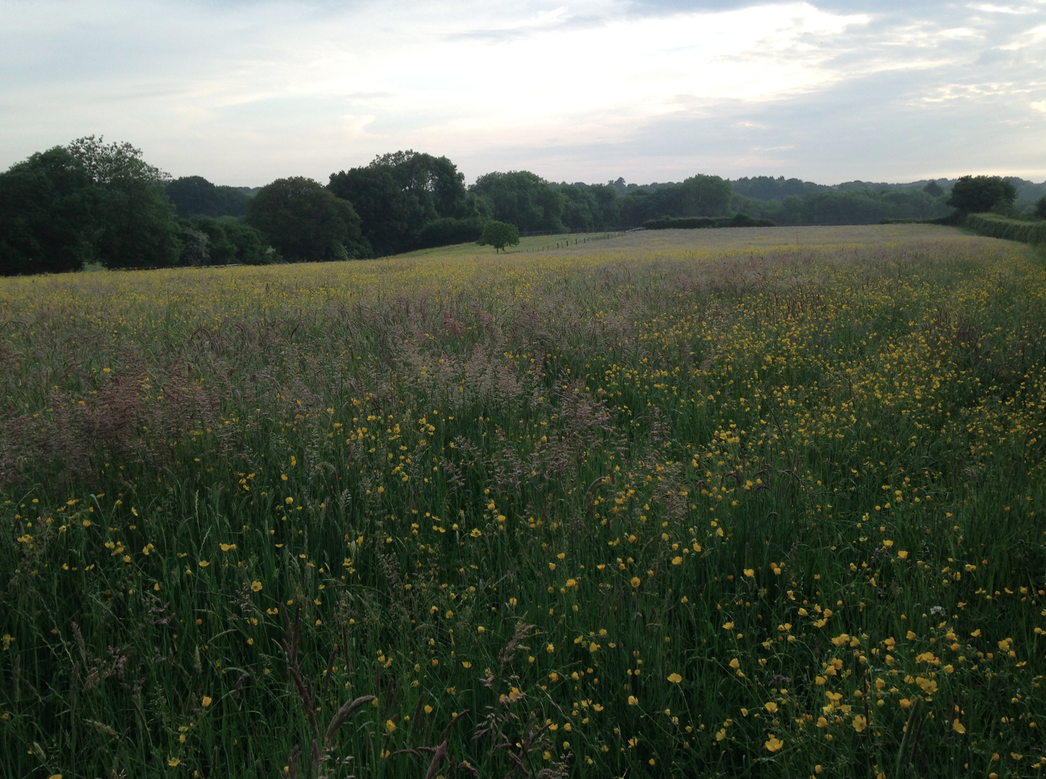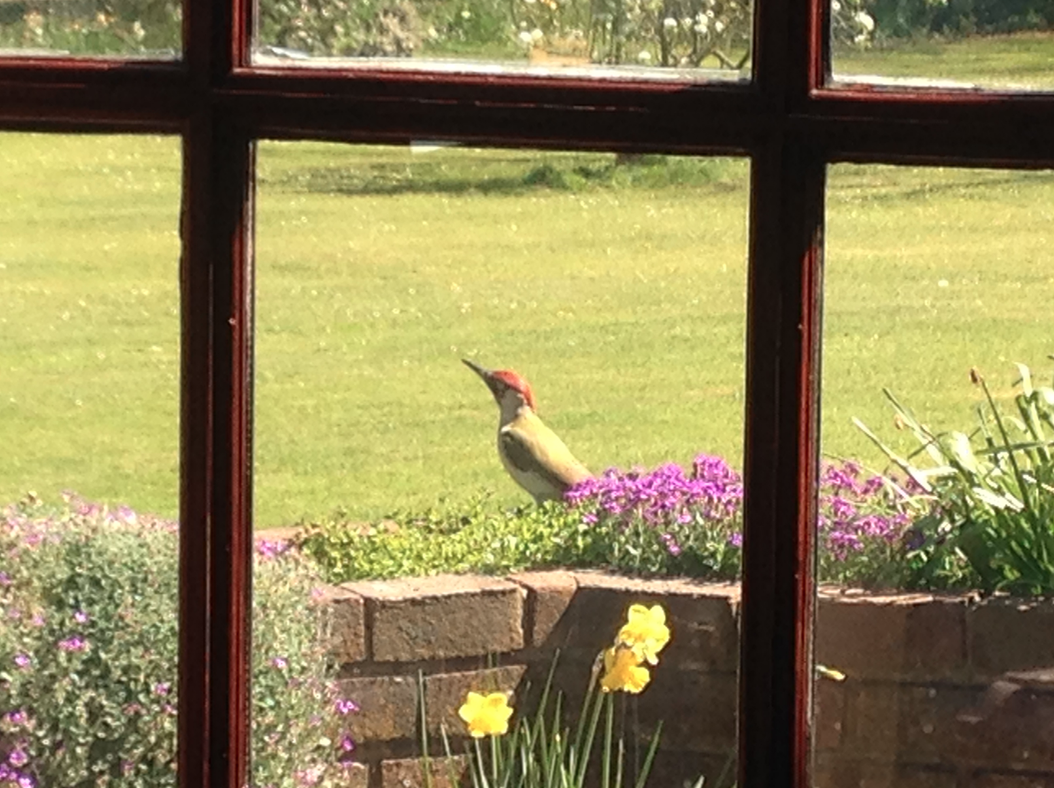
Many varieties of grasses make up the meadow hay used for feeding the livestock over the winter.
The Londoners came to visit again this weekend. These are family members who live in our nation’s capital and, every now and then, when their busy social or work schedules allow, will leave the hectic pace of city-life, traffic jams, and air pollution behind and escape to the quiet of the country for a few days. As usual, the children, all pre-teenage, are keen to help around the smallholding or go off and explore the New Forest, to identify and count as many animal, bird and insect species as they can find. I’m taking advantage of their enthusiasm at this stage in their lives and trying to fill their eyes, hands, minds, and hearts with as much wonder and knowledge of the natural world, as I possibly can. In the New Forest, let’s face it; there is plenty of material to work with for encouraging the next generation of entomologists, ornithologists and botanists. I was also inspired by the New Forest Young Commoners and a backyard project that they have been developing, which I have tried to encourage my young visitors to copy. The lifestyle of the commoners means that they, like their ponies, generally stay in the same area, which they will know intimately. Turning out livestock onto the Open Forest, and checking them regularly, requires frequent visits to the haunts and shades where the animals dwell, and as a result the commoners will have a detailed knowledge of their part of the Forest, which will also include bird-nesting sites, rare plants, geological characteristics, and even stories of historical interest. The Young Commoners are aware of this boon and have been recording and charting the features in their own backyards, which encompass much of the Forest’s plant, insect and animal life, accumulating knowledge that they are able to share with others.
Every day is a school day
So, I have set my young visitors the task of collecting and identifying some of the vegetation around my own holding to get them to recognise and learn something about the natural wonders that can be found in one’s own backyard. Our explorations in the meadow have so far revealed some of the grasses that end up in the hay used to feed the livestock, such as sweet timothy, meadow fescue, and common couch; and an abundance of wild flowers in the hedgerows and copse, including wild chamomile, yellow pimpernel, and common sorrel. My young visitors love to see the woodpeckers, gold finches, and nuthatches that visit the bird feeders in the garden, but they are even more thrilled to hear or see the resident buzzards as they circle on the thermals above the paddocks. They certainly love to pet the field-kept ponies and play with the dogs, but to interact with wildlife seems to be much more thrilling. It is interesting how encouraging curiosity in the young can also provide opportunities to expand our own learning. As the old saying goes, “every day is a school day”, and I consider myself incredibly fortunate to have access to such an amazing class room as the New Forest.

The green woodpecker is a regular visitor to the garden.


You must be logged in to post a comment.